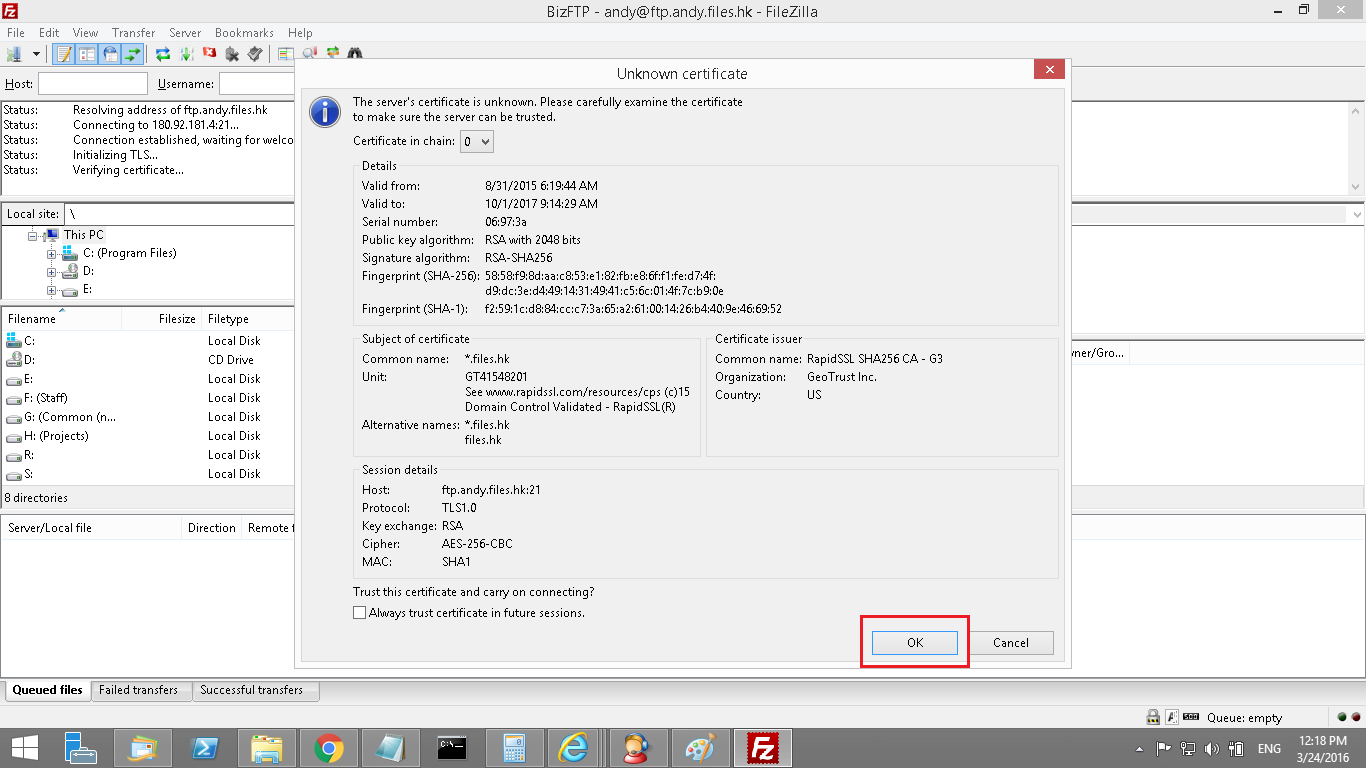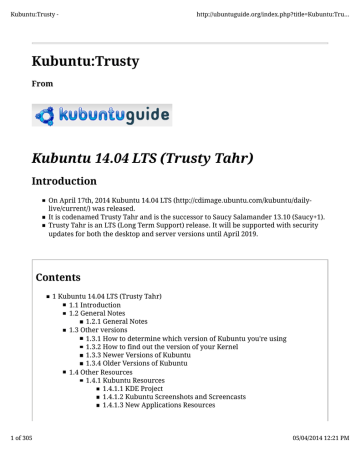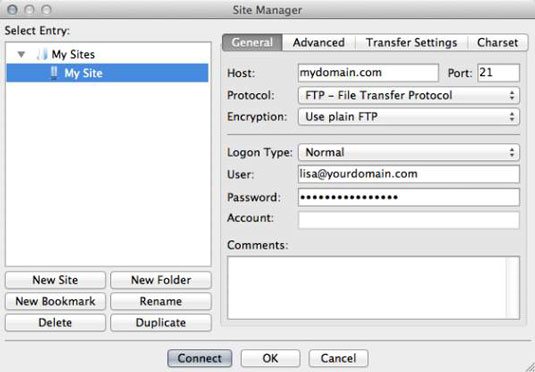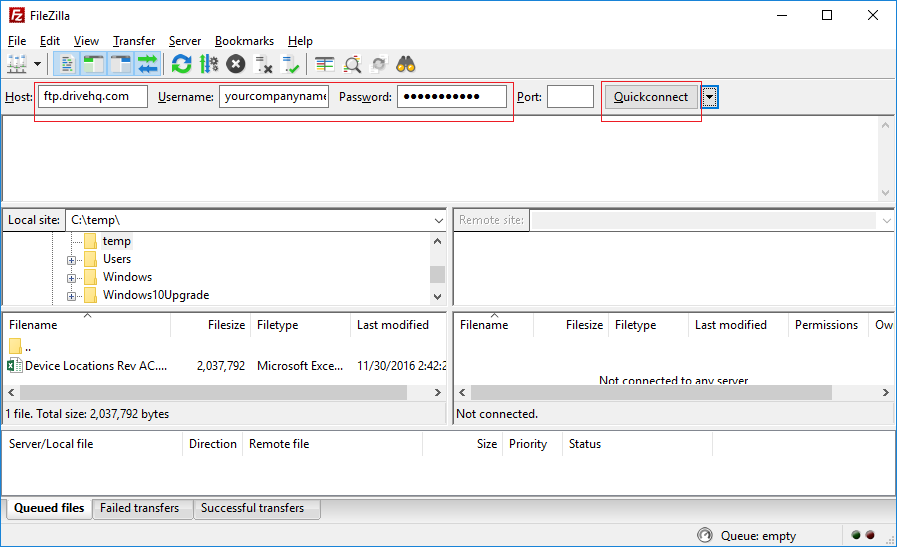

- #HOW TO USE FILEZILLA FTP CLIENT WITH BIZ.NF HOW TO#
- #HOW TO USE FILEZILLA FTP CLIENT WITH BIZ.NF PASSWORD#
Using QuickConnectįileZilla’s Quickconnect bar is the simplest way to connect to a remote server. You will need Docker for that tutorial, so if you don't have Docker, start here.NOTE: Especially if you are running a cPanel server, it is best to ftp using a cPanel user account with shell access, in order to run SFTP (for security reasons). It's actually for Nextcloud, but start at 3:35 (and end at 6:00) to follow the directions for only DuckDNS (not Letsencrypt or anything).
#HOW TO USE FILEZILLA FTP CLIENT WITH BIZ.NF HOW TO#
You can watch Techno Dad's tutorial on how to do this. Either use Duck DNS under the DDNS settings in your router, or if you already are utilizing the DDNS section in your router, you can use a different DNS just for your OMV server. If you wish to either create a dynamic DNS, I suggest using Duck DNS. If you have a dynamic DNS address, you can enter that under "Host" in Filezilla, as an alternative to your public IP address. Your Shared Folder should show up after this. **Note: If you add another Shared Folder after this point, and see that it's not showing up in Filezilla, hit F5 to refresh the Filezilla windows. Just drag and drop files/folders from left to right to get files/folders onto your OMV server. Your files on your local drive are on the left.

You should be able to see your Shared Folder on the right. Make sure you check of "Always trust certificate in future sessions." Then click OK. Upon successful connection for the first time, you will see the certificate pop up. Port: The main port you created in Step 1.Ĭlick Quickconnect (note, after you have used Quickconnect, it saves your info in the drop-down list next to the Quickconnect button).
#HOW TO USE FILEZILLA FTP CLIENT WITH BIZ.NF PASSWORD#
Password: obviously, the password for this username Username: the username you already had or created for FTP. If you plan on accessing remotely, you will need to put your public IP address. Host: if you're local, you can put your internal IP address you use to access the OMV gateway (such as 192.168.1.4). Under "Internal Address," you're going to put the internal IP you use to access the OMV gateway (ie: 192.168.1.4).Īdd another TCP port forward with your passive ports (example, 14100-14110) under Int Port (the whole range in there), and also the internal address. I have a router flashed with Advanced Tomato, so for me, it's Port Forwarding > Basic and then for a TCP port, I would add the main port that was added under Step 1 (example, 21) under Int Port. If you need help for your particular router, check out the Port Forward website and choose your router from there. Now you need to access your router for port forwarding. But you probably already have one.Ĭlick on the drop-down list to choose your Shared Folder. If you haven't created a username yet, first go to Access Rights Management > User, and create a username there.

Go to Privileges and ensure that your username is checked off. Access Rights Management > Shared FoldersĮither create a Shared Folder (and make sure that you choose "Everyone: Read/Write" for permissions), or choose an existing one. Click Save, then Apply.Įnable: Toggle on Enable SSL/TLS connectionsĬertificate: Choose your newly created certificate from the drop-down list. Leave everything as default, but add whatever info you want, such as Organization name, country, email, etc.

Then make your next change, then save, then apply. For example, Enable FTP with the toggle first, then save, then apply. If you have trouble applying the settings (you get an error), try doing one thing at a time and applying it. Passive FTP Use the following port range: you can leave this alone, or you can change to 14100-14110 for example Port: 21 (or port of your choice I suggest a different port) Now everything is working, so I wanted to create a step-by-step guide for anyone looking to enable FTP, specifically the secure kind (SFTP) where SSL/TLS connections are enabled. I had a really hard time getting FTP working, ran into several errors just trying to enable it, and had several rejections when trying to connect, and permission denied when trying to transfer files.


 0 kommentar(er)
0 kommentar(er)
